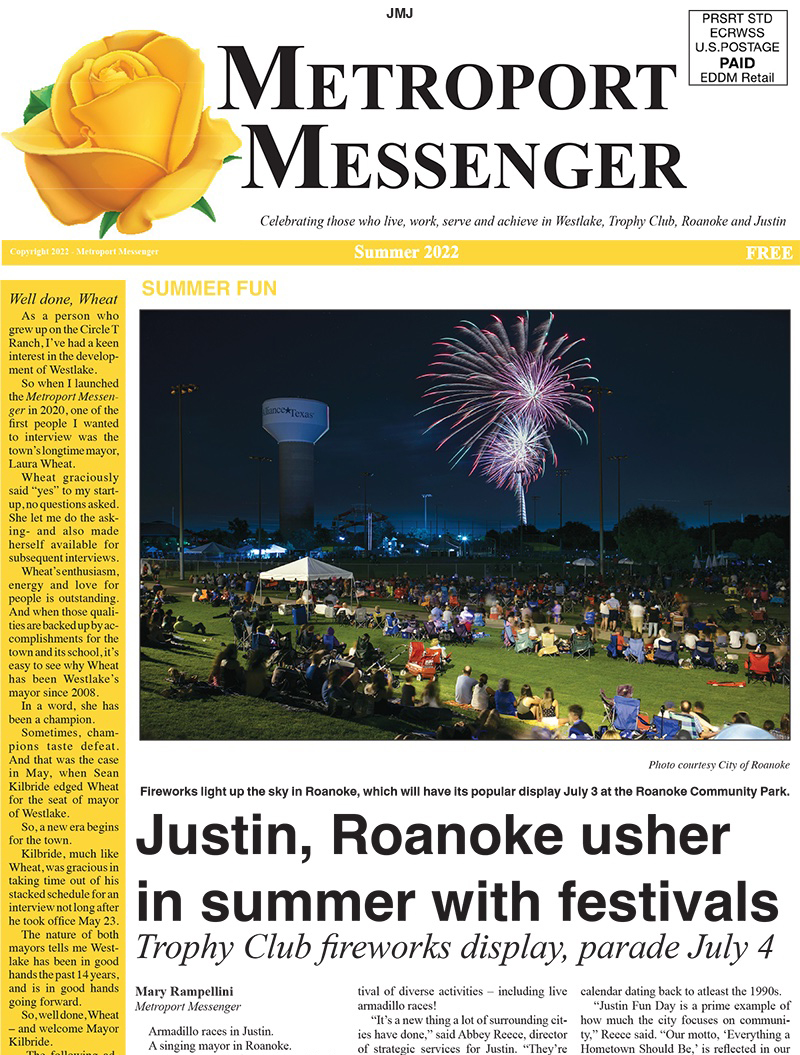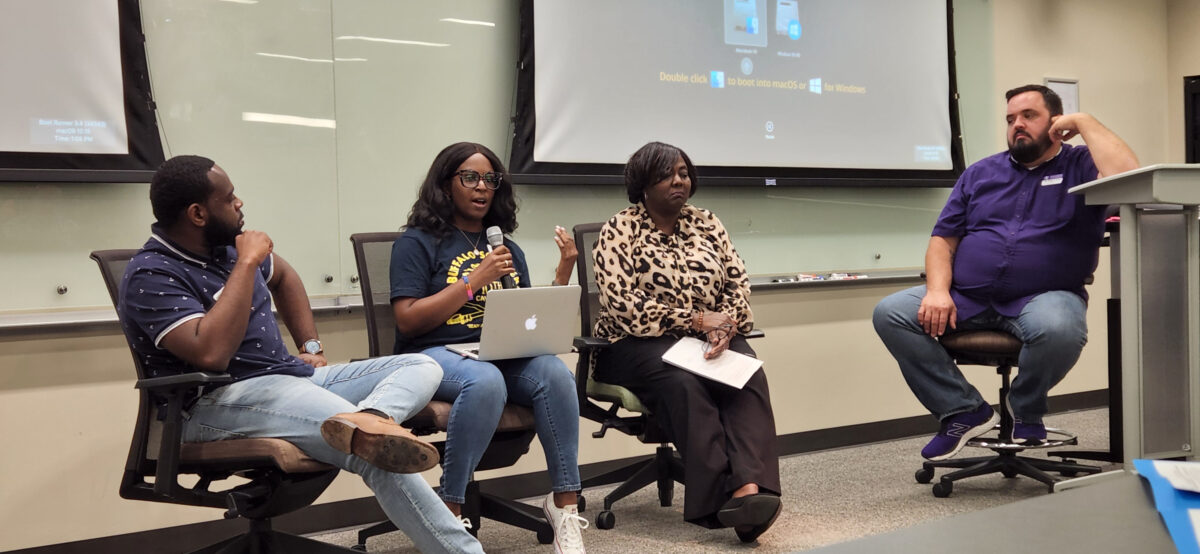Christa Wilson/TCCJ Staff
The warmup of summer has just begun during the first sighting of June.
School is out, but not for everyone. One classroom at the University of Texas in Austin was filled and bustling with ideas last week.
June 1-3 marked the calendars of many newspaper professionals, a crash course, and an opportunity for networking and sharing ideas.
These were the dates that the Texas Center for Community Journalism kicked off its Newspaper Management Bootcamp.
There were more than 30 participants at this year’s session. They represented papers from all over, some within the state, and some as far as Minnesota.
Gathering from all age groups and diverse backgrounds, they traveled to Austin. One thing brought them all together, a deep love and commitment for community journalism.
So, who are these people that write about the events in your communities week in and week out?
What are some of the problems that they overcome in their day-to-day jobs?
If you’d like to know the answers to these questions, read on.
What are some of the challenges that Community Newspaper Professionals face?
One of the battles that newspaper employees face is the fight to keep the papers expanding and growing. As technology continues to advance, newspaper owners and managers must collaborate and find new ways to grow and adapt.
The importance and necessity of community journalism has not changed, but the way that we consume our information has.
“It’s not tough times for the newspapers, it’s different times. How can we navigate and embrace these different times?” Austin Lewter, Director of the Center said.
This can be accomplished by “embracing the mundane,” said Lewter.
Diversity and inclusion are some additional important issues. There was also a discussion regarding the need for proper representation in newsrooms as well as in the stories journalists cover.
Alesia Woolridge, Juwan Lee and Soya Roberts-Woods participated in a panel discussion to address how the industry can bring more diversity into newsrooms.
Some very powerful and thought-provoking points were brought up.
The consensus was to hire people from various ethnicities and backgrounds as starting point to solving this problem.
The topic of trauma and covering traumatic events was also addressed. Listening to several discussions, I learned about the struggle that reporters and journalists face when covering tragedies.
There was an immense level empathy, care, concern and attentiveness involving this topic.
Sometimes local reporters may personally know the people involved in these catastrophic events, which can make reporting on them immensely difficult.
There was the ever-present dilemma between discretion and concern for the families involved, versus the need to inform citizens and the public about the incidents.
I overheard several people talk about their struggle with such issues and how it affected them both mentally and emotionally.
These are just a few of the dilemmas that community journalism professionals face on a daily basis.
These issues affect everyone differently and some make it their mission to find solutions to the problems.
Who are they?
They are pioneers.
Woolridge has some major accomplishments under her belt.
These include, being the first African American managing editor of two separate newspapers and later becoming the first African American publisher of both of those papers.
They have amazing stories.
Hugh Lewis of the Jefferson Jimplecute has interviewed some of the world’s most prominent political figures throughout his career.
This list includes, President Bill Clinton, President Barak Obama and Former Prime Minister Margaret Thatcher, to name a few.
They are writers, authors and businesspeople.
They need to be everything short of lawyers to keep up with liable and copyright laws.
“Every time you publish a story, you are taking a chance that you will get sued,” Dr. Chip Stewart said.
Stewart is an attorney, professor and former editor, who specializes in media law.
I learned this week that community journalists are the know-alls and be-alls of the business, yet still modest enough to scoop up trash next to the intern.
They are researchers and academics.
Jim Moser manages 32 community newspapers and is the equivalent of a data analyst.
He is working on an important research project with Kathleen McElroy, Iris Chyl, Christian McDonald and Christopher Assaf.
McElroy is the Director of the UT School of Journalism.
She also worked at the New York Times for 20 years.
Their project focuses on the vitality of community newspapers and planning for the future.
They are representatives.
They write stories on issues that are import to the community. They stand up for what they believe in and report stories that speak out on important issues like bullying, city council policies and racial inclusion, to name a few.
They are teachers and mentors.
Lewter inspires leadership by coordinating and bringing events like this one to life. He serves as the Director of the Center for Community Journalism.
He is also a newspaper owner and professor who helps mentor students by introducing them to community journalism and potential employers.
They are spectators.
They keep a watchful eye on the communities and its citizens. They are there to witness the outcome of your child’s sports games and their triumphs week in and week out.
These are just a few examples of what some of the journalists in your communities do, on top of keeping the public informed about what takes place every day.
This list could go on.
As I learned this week, the takeaway is that these individuals bring so much more to the tables of your communities than just local news.
They are invaluable members of your cities and towns. They are hidden leaders, whose job it is to be as unnoticeable as possible.
So, the next time you see your local paper’s journalist, reporter, editor or owner (yes, they do all the above), out in your community working hard to keep a watchful eye, maybe offer a quick thank you.
Just a little spec of advice from an intern who knew nothing about community newspapers six months ago.
I have since gained a serious dose of humility from shadowing these individuals and learning the secret identities of your local, friendly, neighborhood journalists.
Christa Wilson graduated from Tarleton State University in May with a bachelor’s degree in communications. She served as a student intern for the Texas Center for Community Journalism in her last semester as an undergrad.

